Interview with OCEANOS PI Juan Torres-Pérez
What is your name and your role with OCEANOS? My name is Juan Torres-Pérez. I am a research scientist at NASA Ames Research Center in the Earth Sciences division, biospheric sciences branch. I am the PI of OCEANOS, which stands for Ocean Community Engagement and Awareness with NASA Observations and Science for Hispanic/Latino students. What […]
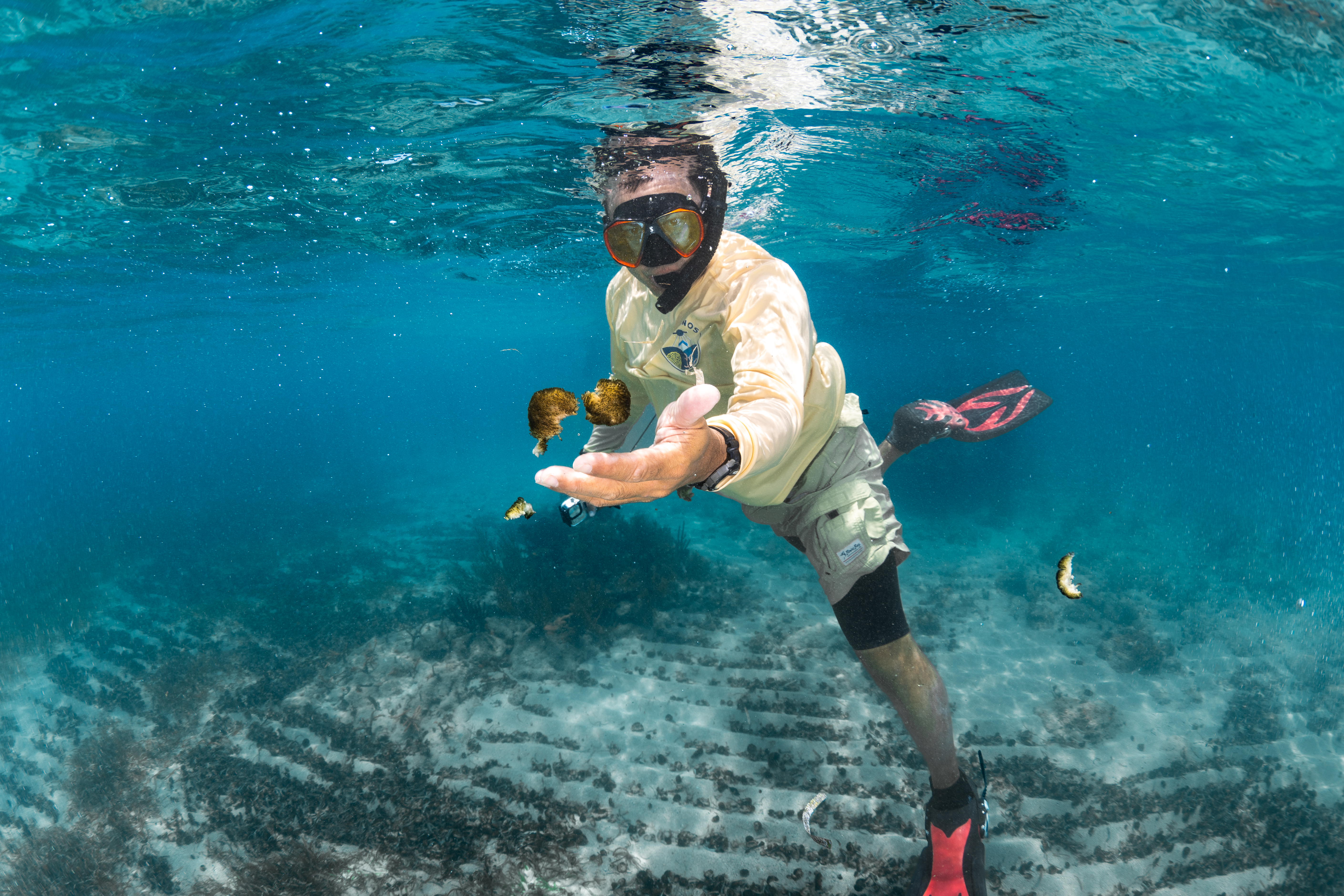
6 min read
Preparations for Next Moonwalk Simulations Underway (and Underwater)
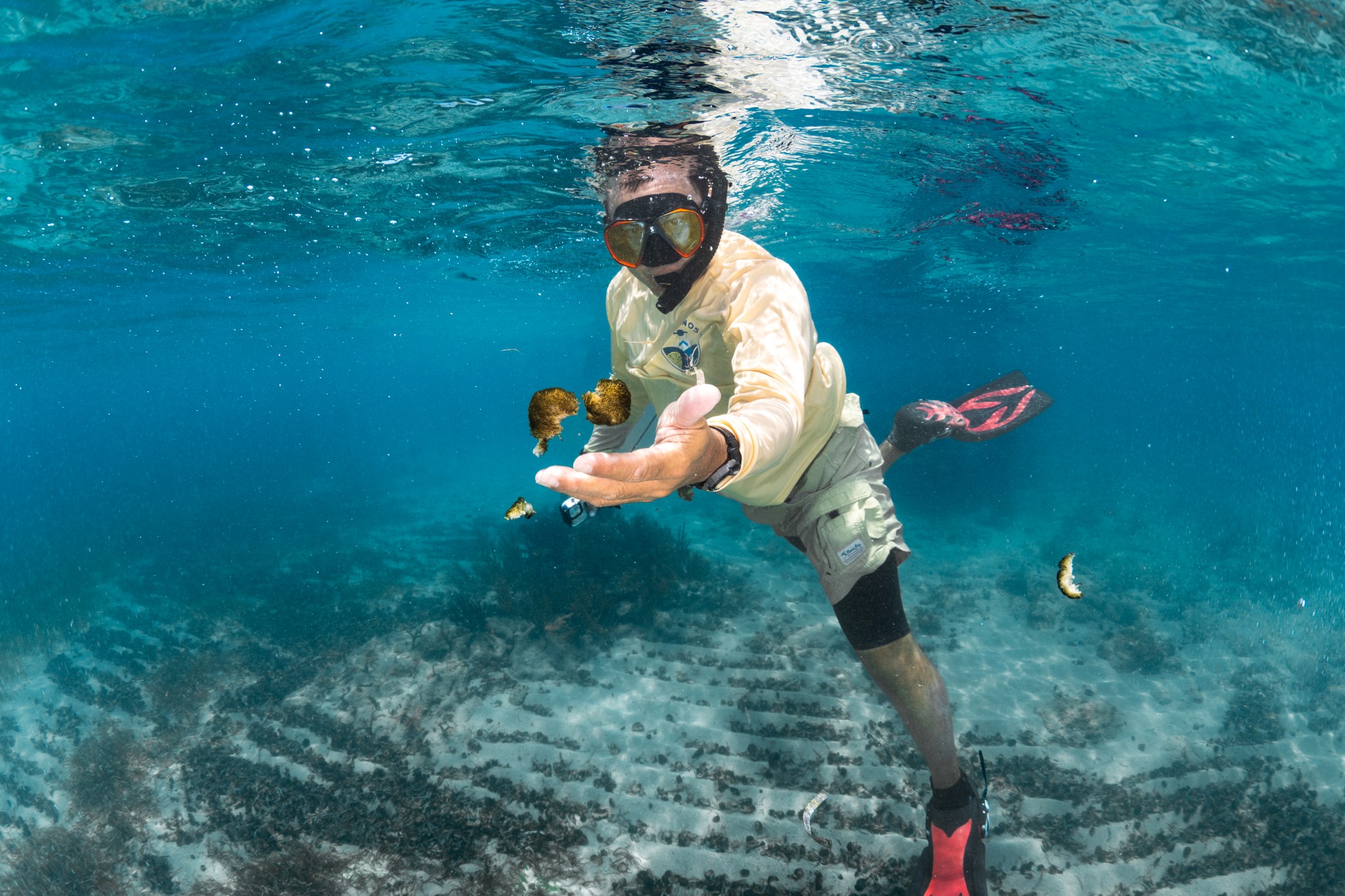
What is your name and your role with OCEANOS?
My name is Juan Torres-Pérez. I am a research scientist at NASA Ames Research Center in the Earth Sciences division, biospheric sciences branch. I am the PI of OCEANOS, which stands for Ocean Community Engagement and Awareness with NASA Observations and Science for Hispanic/Latino students.
What is the importance of a program like OCEANOS, particularly in Puerto Rico?
When you look at the statistics in the in the US, the Hispanic/Latino community is one of the largest minorities across the continental US and jurisdictions like Puerto Rico. But in the geo sciences, the percentage of Hispanic and Latinos is very, very small, including in Puerto Rico. So that’s where we wanted to propose a project like OCEANOS: to engage Hispanic/Latino students in Puerto Rico in geosciences. Specifically, engaging students in oceanography and the use of remote sensing and NASA data to study coastal marine ecosystems.
What are some of the activities that the students do as part of the program?
For example here in Culebra, students study the coral reefs and their different components. What was the condition of the corals per se? The different coral species and their status. They’re also doing beach profiles, to measure whether the beaches have shrunk over time.
One of the other things that they’re doing is measuring water quality in a few different sites in Culebra [Island] and also in la Parguera on the southwest coast of Puerto Rico, so they can compare the water quality in the east of Puerto Rico against the Southwest.
What is something that has been rewarding about working with these students?
Something rewarding is just to see their faces. Last year when they finished the program and this year as they go through the different experiences, you see how they’re learning. You see how they become engaged and how they participate in the in all the different activities. Most of the evenings, event late at night they’re still working on the data and they want to continue working with the data. So that tells you that this is something that they really enjoy and that they want to do for the future.
What growth or change do you see in the students over the course of the internship?
For one example, we’ve had students here that on the very first day told us that they didn’t swim, and we brought them to the water in the first week. We gave them some pointers, we talked to them about safety in the water, and taught them some techniques. And now, less than three weeks later they’re diving; they’re literally diving in the water collecting data and doing everything that we tell them to do. So that for us is a win-win situation.
What has been a challenge of the program?
A challenge for us is more on the on the logistics of bringing in so many students, particularly to the to the southwest coast and also to Culebra Island. These are both big tourism sites in Puerto Rico, which makes it tough for logistics like finding a place for them to stay. In the case of Culebra, we have to buy the ferry tickets to bring them to the island, the transportation and all of that. But at the end of the day it’s so rewarding that it’s definitely worth it.
What is something that you hope the students take with them when they leave?
We want the students to become agents of change. That means that they can pass on to their communities, their families, all their relatives, and their schools all the knowledge that they gain through this whole month, and eventually get others enthusiastic about not only engaging in activities like this, but also in preserving the ocean. We have some of the most beautiful coral reefs in the Caribbean here, and they’ve been suffering from a lot of different climate-related and anthropogenic activities. If we get them to tell others that we need to preserve this [marine ecosystem], and then they follow the same steps, that’s the long-term goal for us.
What are some of the environmental changes you’ve noticed in and around Puerto Rico?
One example is that nowadays there are several invasive species that have been affecting the coral reefs for at least the past couple decades and some of them even more recently. For instance, the introduction of the lionfish in the Caribbean has devastated some of the most important fish populations, such as groupers and snappers, which affects the whole food web. There are also a number of invasive seagrass species and also some other invertebrates that are literally colonizing all the areas that used to be covered by corals and the local seagrass species, and that disrupts the whole ecosystem.
Many of them are a consequence of human introduction. Most of these species are actually from the Pacific, and come in or on ships as they go through the Panama canal and eventually they get into the Caribbean. Some of the larvae and such are in there, and then they find a new place to stay and reproduce.
Some other species are probably related to climate change: the increase in surface temperatures the changes in currents and such. This is something that’s still being studied by a lot of scientists in the Caribbean and also in the in the Atlantic.
Do you see any climate change-related effects in Puerto Rico?
In particular one of the biggest changes that we have seen in terms of climate change and its impact on coral reefs is the increasing surface temperatures. We are literally going through a global coral bleaching event. That has been happening in the last in the last few years and that has affected many of the coral species in the Caribbean and many other parts in the world. Once the coral gets bleached it becomes weakened, and eventually a lot of these colonies die. Once they die they get covered by filamentous algae, and there’s no way back from there. That affects the whole ecosystem, including fisheries and others. Also, some of the coral diseases may also be triggered by these changes related to climate.
Share
Details
Related Terms
What's Your Reaction?





















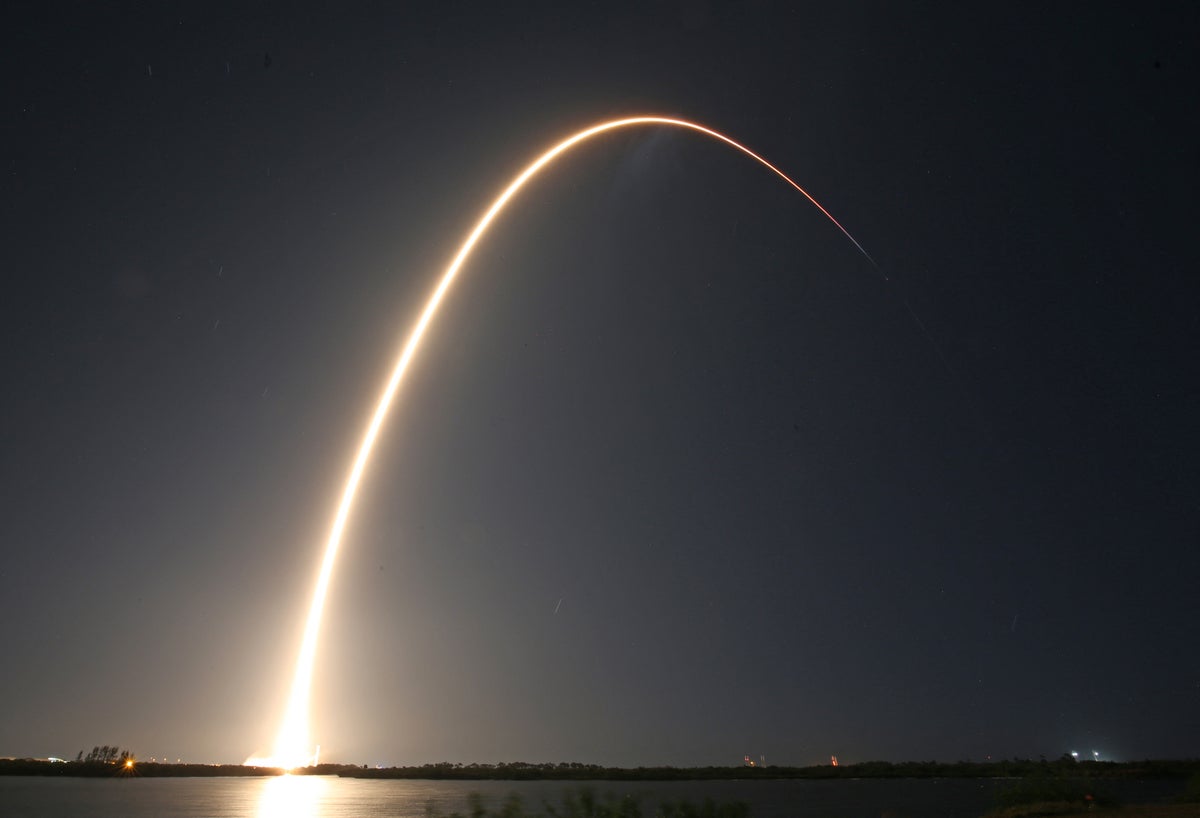







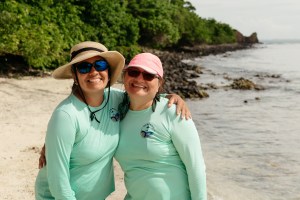

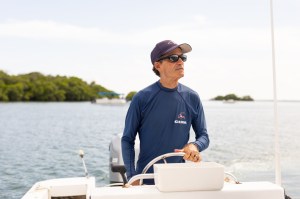




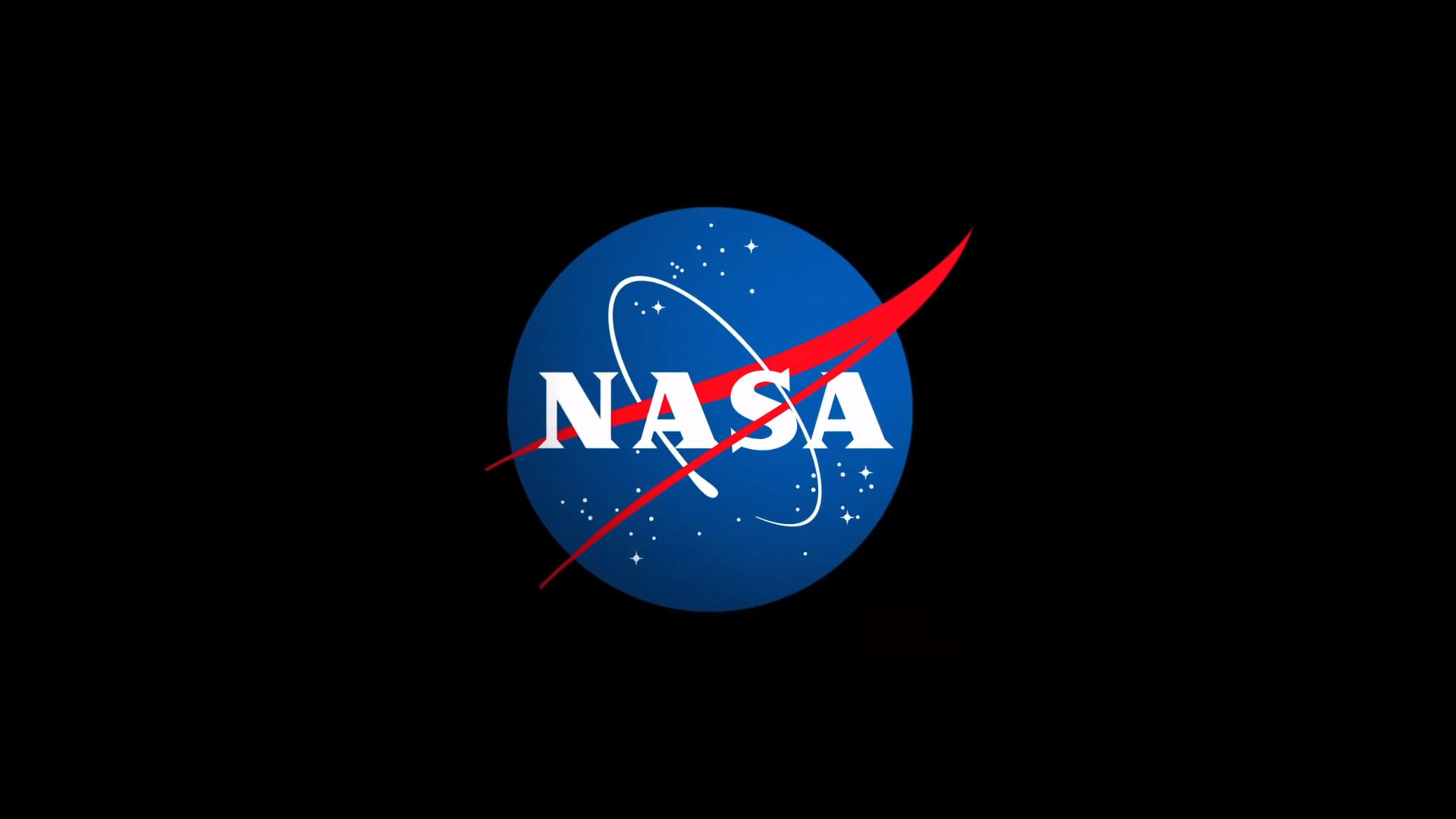
![In Memoriam: Jeff Dozier [1944–2024]](https://assets.science.nasa.gov/dynamicimage/assets/science/esd/earth-observer/2025/2025-in-memoriam/InMemoriam-Dozier1.jpg)








